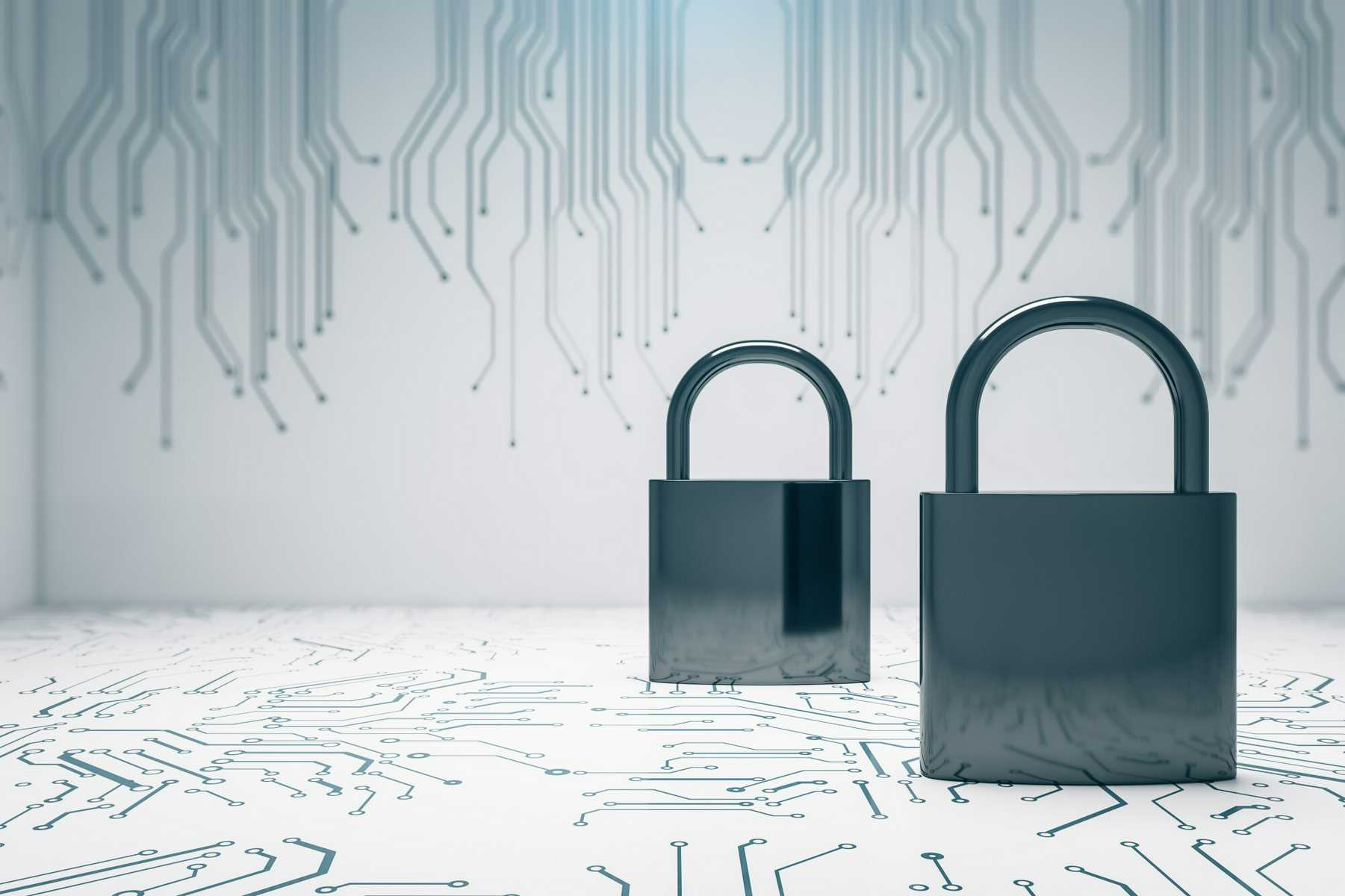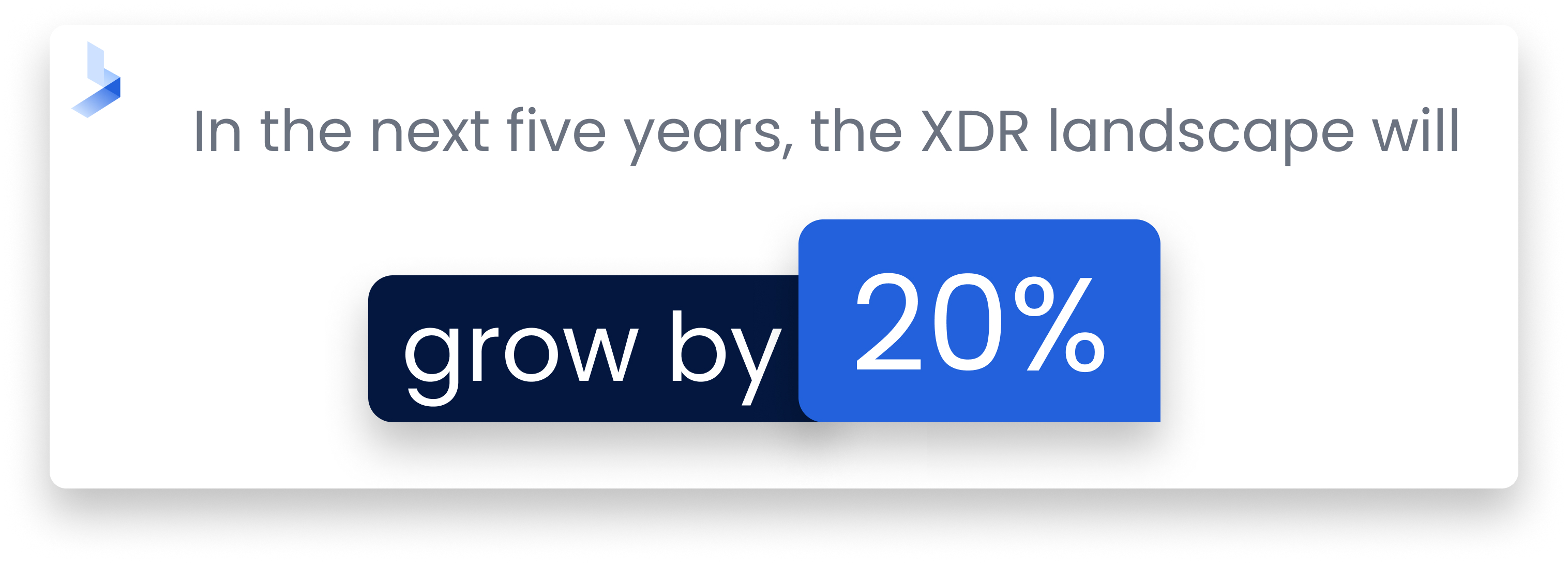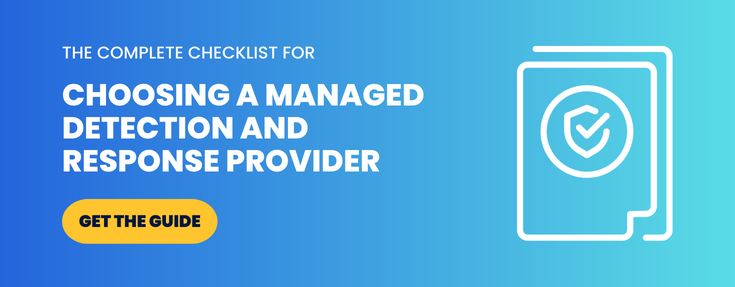Extended Detection and Response: 10 Things to Know About XDR Security

 By
Emily Miller
·
6 minute read
By
Emily Miller
·
6 minute read
In the next 5 years, the XDR security landscape is expected to grow by almost 20% thanks to the increase in frequency and sophistication of cyberattacks. Businesses recognize the importance of better security to protect them from the significant fallout of data breaches and cyberattacks. That's where XDR security comes in.

XDR provides robust, top-notch security solutions to keep your data safe. With XDR you can rest assured that your data is well-protected from any potential threats. If you have no idea what XDR solutions can do for your business, read on to learn more.
Extended Detection and Response (XDR)
Extended detection and response is a security solution that protects IT infrastructure. It integrates many security products and technologies to provide comprehensive coverage and protection against cyber threats. By consolidating these tools into a single platform, it streamlines security operations.
XDR was designed to address the shortcomings of traditional security solutions. These legacy solutions are often complex, difficult to use, and lack comprehensive coverage. They also silo security data which makes it difficult to get a holistic view of the IT environment and identify emerging threats.
XDR consolidates various security tools into a single platform to provide comprehensive protection against cyber threats. It also offers a unified view of the IT environment, making it easier to identify and respond to threats.
XDR solutions are offered as SaaS or on-premises.
SaaS XDR solutions are hosted in the cloud and managed by the vendor. They are easy to set up and use.
On-premises XDR solutions are installed on your own premises and managed by you. They require more technical expertise to set up and use.
Here are 10 things to know about XDR security so you can decide if XDR security solutions are the data protection your business needs.
| Related Reading: XDR Security 101: Understand its Power, Unleash its Potential |
1. XDR Security Features
Your chosen XDR platform should include a variety of features offering comprehensive data protection. Some of these features include:
Threat Detection
XDR uses multiple security products and technologies to detect threats. This includes traditional signature-based detection as well as behavioral analytics.
Security Information and Event Management (SIEM)
XDR collects data from various security tools and devices. This data is then analyzed to look for patterns that show a security threat.
Security Orchestration, Automation, and Response (SOAR)
XDR automates many security tasks. This includes tasks such as incident response and malware removal. SOAR helps organizations improve their efficiency and speed in responding to security threats.
Endpoint Security
XDR includes endpoint security to protect devices such as laptops and smartphones. This helps organizations safeguard their data from attackers who may try to gain access through these devices.
Network Security
XDR also includes network security to protect an organization’s data and infrastructure from attacks. This helps organizations safeguard their data from attackers who may try to gain access through the network.
Application Security
XDR includes application security to protect an organization’s data and applications from attacks. This helps organizations safeguard their data from attackers who may try to gain access through applications.
| Related Reading: XDR vs SIEM: What's the Difference? |
2. Why Is XDR Security Important?
Data is the lifeblood of any organization in today's digital world. Safeguarding this data from potential threats is a top priority for businesses. XDR security protection helps keep your data safe from threats.
It uses machine learning and artificial intelligence to analyze data, identify threats and prevent them. XDR provides real-time visibility into data activity, to identify and resolve issues.
3. How XDR Solutions Work
Here's a breakdown of how XDR solutions work to keep your data safe from any potential threats. This is the natural trajectory provided by most XDR vendors.
Data Analysis
This system is becoming popular as organizations try to improve their security posture. XDR systems help to identify anomalous behavior that is indicative of a threat. They also provide insight into the security of an organization.
XDR systems monitor compliance with security policies and procedures using data from many sources. This provides a more comprehensive view of an organization's security posture. As a result, these systems are an essential part of many security programs.
Threat Identification
After identifying a threat, the XDR security system investigates and determines the course of action. It then investigates the nature of the threat and how to deal with it. It also looks at the source of the threat and its impact on the organization.
Response
Once the system identifies the source of the threat, it takes action to neutralize it. This involves blocking network traffic from the source, quarantining the affected files, or taking action to prevent its spread.
4. What Are the Benefits of XDR Security?
The main benefit of XDR protection is of course against cyberattacks. But what are the specific benefits that XDR provides? Here are a few:
- XDR is always evolving to offer comprehensive coverage
- It reduces the time it takes to respond to incidents and simplifies the security infrastructure
- It saves the business money
- It uses both signature-based and behavior-based detection methods to detect threats at all stages of the attack life cycle
- It requires less manual intervention than other security systems
- Integrates with other security systems for added protection
- Protects both on-premises and cloud-based systems
- Scales to meet the needs of large enterprises
- Consolidates multiple security products and technologies into a single platform
- Streamline security operations by combining tasks such as incident response and malware removal
- The platform’s modular design helps organizations tailor their security posture to their needs
- XDR helps organizations improve their detection and response to threats such as hacking and leakage
As you can see, it's something that's needed.
5. What Are the Challenges of XDR Security?
Despite the many benefits, there are some challenges to using XDR security.
One of these is the incidences of false positives. The integration of multiple security products and technologies can sometimes result in this happening. This means that legitimate activity may be flagged as malicious, resulting in unnecessary investigation and response.
Secondly, not all products may be compatible with each other, which can cause problems when trying to integrate them into an XDR platform.
Finally, implementing an XDR solution can be complex and time-consuming. Organizations need to have the necessary resources and expertise to do it.
6. What Is the Future of XDR security?
The future of XDR security looks promising. With the continued growth of data and the need to protect it from potential threats, XDR security will become even more important.
Organizations will need to find ways to address the challenges of XDR security, such as false positives and implementation complexity. But overall, XDR security is a vital part of any organization's security strategy.
7. XDR Best Practices
There are a few best practices to keep in mind when using XDR security. Following these will result in a better overall experience with the solution.
- Using both signature-based and behavior-based detection helps reduce the number of false positives
- Using multiple layers of security products can help provide comprehensive coverage against potential threats
- Having proper incident response procedures in place can help minimize the damage caused by incidents
- It's important to test XDR solutions before deploying them in production environments to ensure that they work as expected and that there are no surprises when they go live
- Employees need training on these best practices to ensure correct implementation
This helps you get the most out of your security.
8. Effective XDR Management
Having an effective XDR management plan in place will make sure that your XDR security solutions are implemented and used in the best way. The management of XDR involves tasks such as upgrading, ongoing monitoring, and incident management.
Configuration management is important to ensure that all of the XDR components are configured and working together as intended. Change management is necessary to ensure changes to the XDR environment are tested and approved before implementation. Capacity planning is important to ensure the XDR environment can handle the load of traffic and data.
Ongoing monitoring identifies any potential issues with the XDR environment. Reporting provides visibility into the effectiveness of the XDR environment. Documentation maintains a record of the XDR environment and its configuration.
It's important to train employees on XDR security best practices and management. This includes things like knowing how to respond to incidents. Security awareness training helps reduce accidents and incidents.
9. Security Awareness Training
Make sure to train all new employees and provide updates to existing employees as frequently as necessary. When training your employees on XDR best practices, include the following for better results:
- Make sure the content is engaging and interactive to keep people's attention
- Use a variety of mediums, such as games, quizzes, and simulations, to keep people interested instead of relying on just text and video
- Assess understanding by using assessments, such as quizzes and exams
- Give employees feedback on their performance to help them improve
This ensures your security measures are up-to-date and as safe as possible.
10. Finding XDR Vendors
There are a few things to keep in mind when looking for XDR vendors. Make sure to do your research and ask the right questions. Here are a few tips:
- Check out vendor websites and read customer reviews to get an idea of their reputation
- Get in touch with the vendor and ask questions about their product, such as pricing, features, and supported platforms
- Ask for a demo of the product to see if it meets your needs
- Check out the vendor's certification and compliance to see if they meet your standards
- Evaluate the vendor's customer support to see if they're responsive and helpful
You don't want anything less than the best.
| Related Reading: Comparing the Most Popular XDR Solutions: An Overview |
Get Comprehensive XDR Protection
XDR security is a vital part of any organization's security strategy. By following the tips in this article, you can ensure that you're using XDR effectively to protect your data and systems.
When you're ready to protect your business, BitLyft is here to help. We offer comprehensive XDR protection for your data and systems. Our platform is designed to give you the visibility and control you need to defend against today's threats.
Contact us today to learn more about our XDR security solution.

